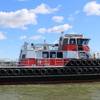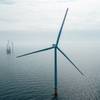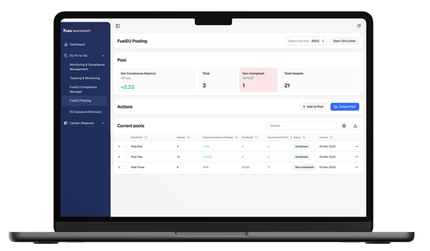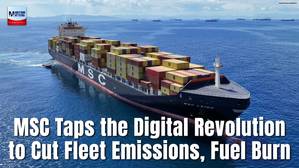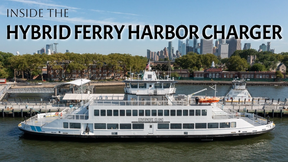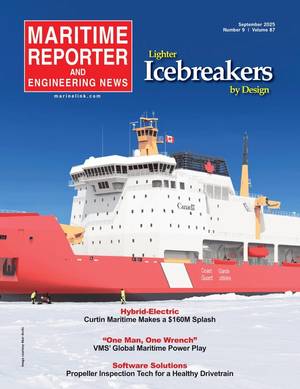News: Barge/Refinery Explosion Shakes Staten Island, NY
The maritime industry makes local headlines when something goes wrong, but the headlines on February 21 went national. In a spectucular eruption of flame and smoke, the like of which New York had not seen since 9/11, an estimated million gallons of gasoline erupted from a barge near the southwestern tip of Staten Island. The barge captain and mate were killed in the 10 A.M. explosion, and a nearby worker at the ExxonMobil facility suffered third-degree burns. The New York Times the next day showed a plume of dense black smoke over the city, but reported that the calamaty had been quickly controlled. Almost certaiinly it was not the work of terrorists and, being a gasoline fire, The Times reassured, it could burn itself out without leaving a slick to endanger the birds.
"Empire State is involved in a harbor response team," said the tug's skipper, Rich Jermak, "made up of vessels with fire-fighting capability. We were in Penn's yard that morning, and on 13 we heard a broadcast for firefighting tugs." With its 1290 gallon-per-minute monitor, its 150-pound dry chemical system and its 2000-gal AFFF fire fighting foam tank, the 1967-built, 1750-hp emergency-response tug headed for the Arthur Kill destination about 10 miles away.
In a city sensitized to emergencies, the response to the fire by the uniformed services was equally swift. All nearby exits of the West Shore Expressway, the main approach to southern Staten Island, were blocked by patrol cars, and streets leading to the site were closed by conspicuous forces of uniformed officers. Initial concerns that the fire might spread to scores of nearby petroleum-product tanks were quickly allayed, and Staten Island bridges, including the nearby Outerbridge Crossing, were reopened to non-emergency vehicles. The fire continued to burn, however, as three New York CIty fireboats contained it with their collection of monitors.
Launches from the NYPD were quick on the scene, as was at least one from the New York State Police. The Coast Guard cutter Hammerhead reportedly warned-off some of the response tugs, until their authorized presence was verified.
"By the time we arrived," said Capt. Jermak, "the Bouchard tug Evening Mist had hauled the 35 out," Bouchard's B-35 having been scorched when the ill-fated B-125 exploded.
"The FDNY went around the barge twice with thermal imaging devices," Capt. Jermak continued, "and it was hot in the forepeak. They didn't know what the source of the heat was, and didn't want to open the barge to find out, because it might flash. So we immediately started hosing the barge down." With Empire State stationed on the port side of the barge, the starboard side was alternately hosed by the FDNY fireboats Fire Fighter and Governor Alfred E. Smith. Assisting on the starboard side was the Francis Roehrig, of CR towing.
Firefighters from the refinery manned the Empire State's monitor, according to Capt. Jermak, while Bayway Fire Chief Larry Bonner joined the captain in the pilot house, "to discuss things with us and establish measures in case something should happen. I can't say enough about the knowledge and professionalism of the Chief and the two firefighters he brought with him, Jeff Merrill and Gary Romeo." Capt. Jermak, along with his crew and many others on the response team, trained for firefighting at Texas A&M.
The 101-foot Empire State, fitted with Kort nozzles and flanking rudders, has operated under six different owners' names. "First Esso," said Capt. Jermak, "and Exxon, then Tosco, Philips, Conoco, and now Conoco-Philips. Our crew is on for six months at a stretch - everyone takes great pride in what they do, because this is their home."
Besides operating as a fireboat, the Empire State supplies its 2,500-ft. boom, reel-mounted on the stern, whenever Conoco-Philips does lightering on the harbor, according to Capt. Jermak.



